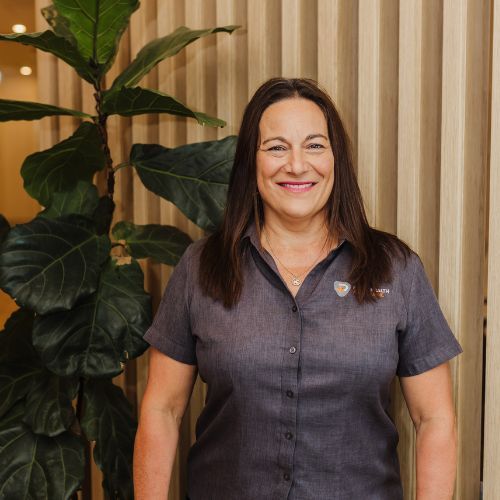
You may have been experiencing coccyx pain as a result of an injury or accident, through sport or lifestyle but you don't need to just "put up with it", we can help so you can get back to enjoying life.
What is coccyx pain?
Your Coccyx is the small bone at the bottom of your spine that can get bruised, dislocated or broken. Coccyx pain can be caused by external forces like a fall or accident or just come on for no known reason at all. Coccyx pain can be disabling, limiting your sitting tolerance and quality of life.
Signs and symptoms?
- Does your tailbone hurt when sitting but not when walking?
- Do you participate in cycling or rowing regularly?
- Does your work involve a lot of long hours sitting?
- Has your muscle tone or bulk around your bottom changed over the last few years (ie, the butt has flattened)?
- Do you experience sharp pain that feels like it going into the anus?
- Do you get an occasional spasm of the muscle around the anus?
Contributing factors to coccyx pain?
- Pelvic Floor muscle tension can aggravate your pain as these muscles attach to your coccyx bone
- Tight muscles in your lower buttock can also contribute to your pain
- Your sitting posture can contribute to coccyx pain as you may be sitting more on your sacrum rather than your sit bones.
- Body weight, either obesity where there is too much pressure on this area or under-weight where there is not enough padding causing inflammation
- Sitting for extended periods on hard surfaces
How can we help?
Physiotherapy for coccyx (tailbone or coccydynia) pain?
Physiotherapy treatment for coccyx pain may include:
- Releasing all the tight structures attaching to the coccyx, treating any pelvic floor tightness and pelvic floor muscle relaxation techniques to relieve tension
- Adjusting your sitting posture to allow the coccyx to heal. This can be done with the use of wedge cushions and postural corrections
- Massage for tight external muscles including through the abdomen, hip flexors and around the gluteals
- Releasing any joint restriction that does not allow the sacrum to flex therefore causing you to sit on your sacrum
- Neural tension or tightness through the back may be contributing to your coccyx pain
- Looking at your work and day-to-day activities to see if they are contributing to your ongoing coccyx pain








